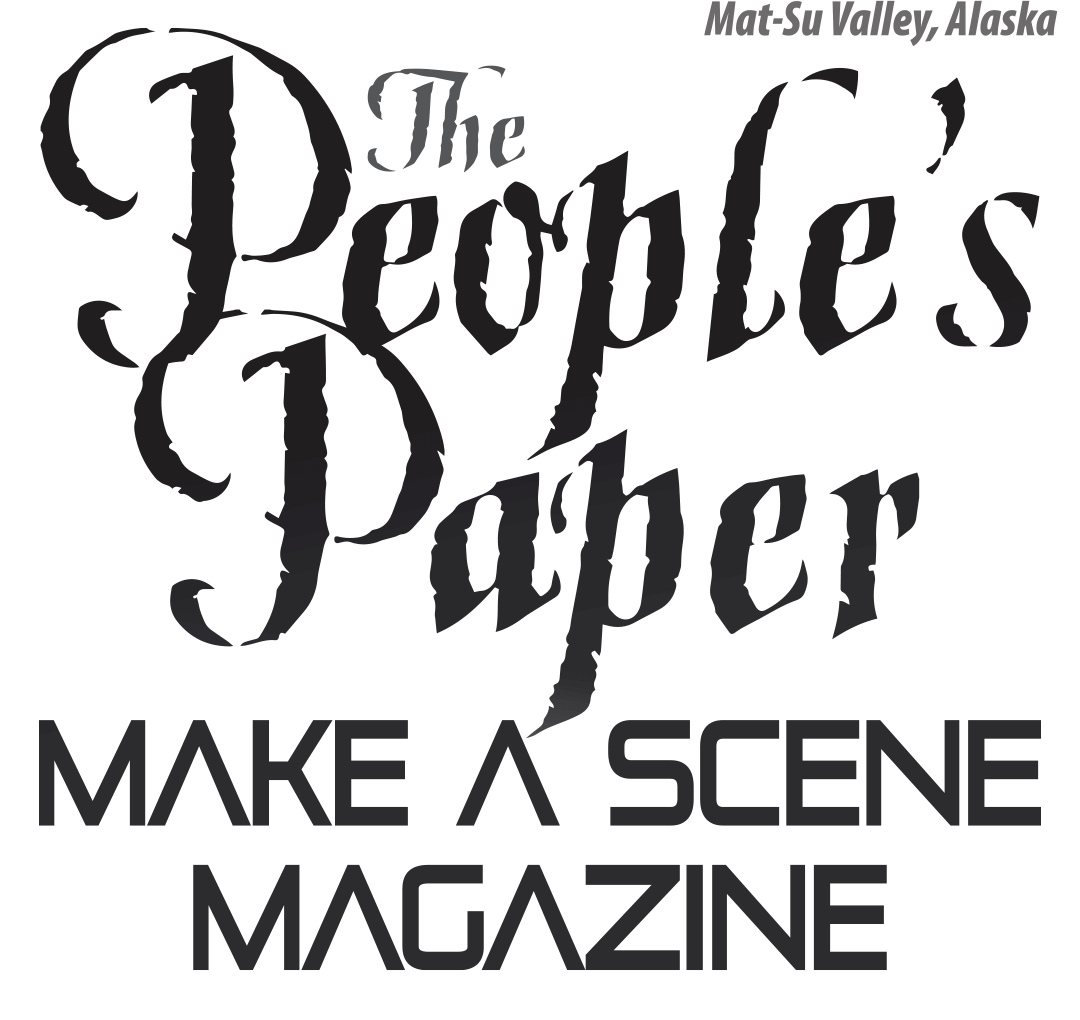Contributed by Alys Culhane
Recycling defined: Convert (waste) into reusable material. Return material to a previous stage in a cyclic process. Use again.
Reuse, defined: Use more than once.
The Bright Light Book Project (BLBP) incorporates aspects of both defined terms, with an emphasis on reuse. Reuse items include household and furniture goods, textiles, paint, five-gallon buckets, construction materials, bicycles . . . and books. Books can be read multiple times. However, as with recycling, reuse implementation has its own set of challenges.
When Distribution Manager Bill Schmidtkunz and I started the BLBP, books, magazines, and like-paper items were dropped off at the Valley Center for Recycling Solutions (VCRS). Hardback books were pulped and paperback books were shredded by VCRS volunteers. The profit made off mixed paper remains dependent upon a variable market price.
When Bill and began salvaging books, 90 percent of the VCRS books were shredded. Now, 90 percent of the VCRS books are salvaged. The remaining ten percent consist of non-reuse materials such as torn, moldy, waterlogged, scrawled upon, or chewed up books. The same holds true of out-of-date magazines, with the exception of National Geographics for which there’s always a ready audience. There’s a market for used textbooks; however, it is far more elusive than say, children’s books which are so popular that we have a hard time keeping them in stock. Some of the lessons Bill and I learned in the early stages of this project follow.
Lesson # 1: As Steve Covey, the author of The 7 Habits of Highly Effective People advises, begin with a plan. Early on, Bill and I were like kids in a candy shop. We unloaded pallets of books and Gaylords (chest high cardboard boxes); onto the VCRS baling room floor. However, we failed to foresee that the VCRS facility was primarily designed with the processing of recyclable goods in mind. The VCRS staff cleared out space adjacent to the processing floor for a bookstore, and assisted me in turning the front area of the processing floor into a storage area. The bookstore and storage areas were filled to capacity in less than two months. The sorting process was also problematic. Recycling centers are generally noisy and shredded paper brought in by businesses and individuals generates dust when baled. We dealt with the noise generated by the baler and heavy moving equipment by donning earplugs. A staff member blew the dust off the books with a leaf blower. However, the particulates then fell back onto the innumerable books. Tarps became dust magnets.
We were fortunate in that donated space was made available to by Sarah Welton, the Pastor of The Church of the Covenant/Meeting House in downtown Palmer. This a quiet, clean space was well suited to the post-salvaging processes: cleaning and categorizing books.
Lesson #2: Beforehand, determine how you’ll go about making your reuse items accessible to the public. None of us knew what we’d do with the rapidly accumulating books. Fate intervened. BLBP Jack of All Trades Pete Praetorius, and Bill talked with local business owner Janet Kincaid and Turkey Red Restaurant owner Alex Papsavas who agreed that putting stocked bookcases in the Koslosky and Valley Hotel buildings, and as well in the Turkey Red Restaurant lobby was a wonderful idea. We now restock these and a dozen other Palmer-based shelves.
Lesson # 3: Make sure that you and your staff have the requisite skills for the task at hand. I’m a lifelong writer-reader, so pairing readers and books came easily to me. I’m also passionate about this particular form of reuse, for I, like many saw this as one of many ways in which we might address environmental concerns. This is why I’m adept at seeking out those with administrative, publications, and grant writing expertise. For example, BLBP Editorial Consultant Bea Adler now gives a much-needed assist with all of the above.
Lesson # 4: Keep in mind that adaptability is key. Consider yourself to be an explorer who is venturing into the unknown if you opt to go into the reuse business. Recycling (at its best) is a linear process in that goods come in, are processed, and then put out for bidding. Conversely, reuse is a more non-linear process in that goods are cleaned and/or repaired, then sent elsewhere, elsewhere being any number of places.
Lesson # 5: Remember that most reuse items need to tended to on a regular basis so as to keep them in the reuse slip stream. For example, Bill and I noticed that readerly interest was heightened when we removed fliers and discarded magazines from bookcase shelves, tidied up the stock and added new books.
For more information about the Bright Lights Book Project, contact BLBP Outeach Coordinator Alys Culhane at Alysculhane@hotmail.com and check out the BLBP website: www.brightlightsbookproject.org
